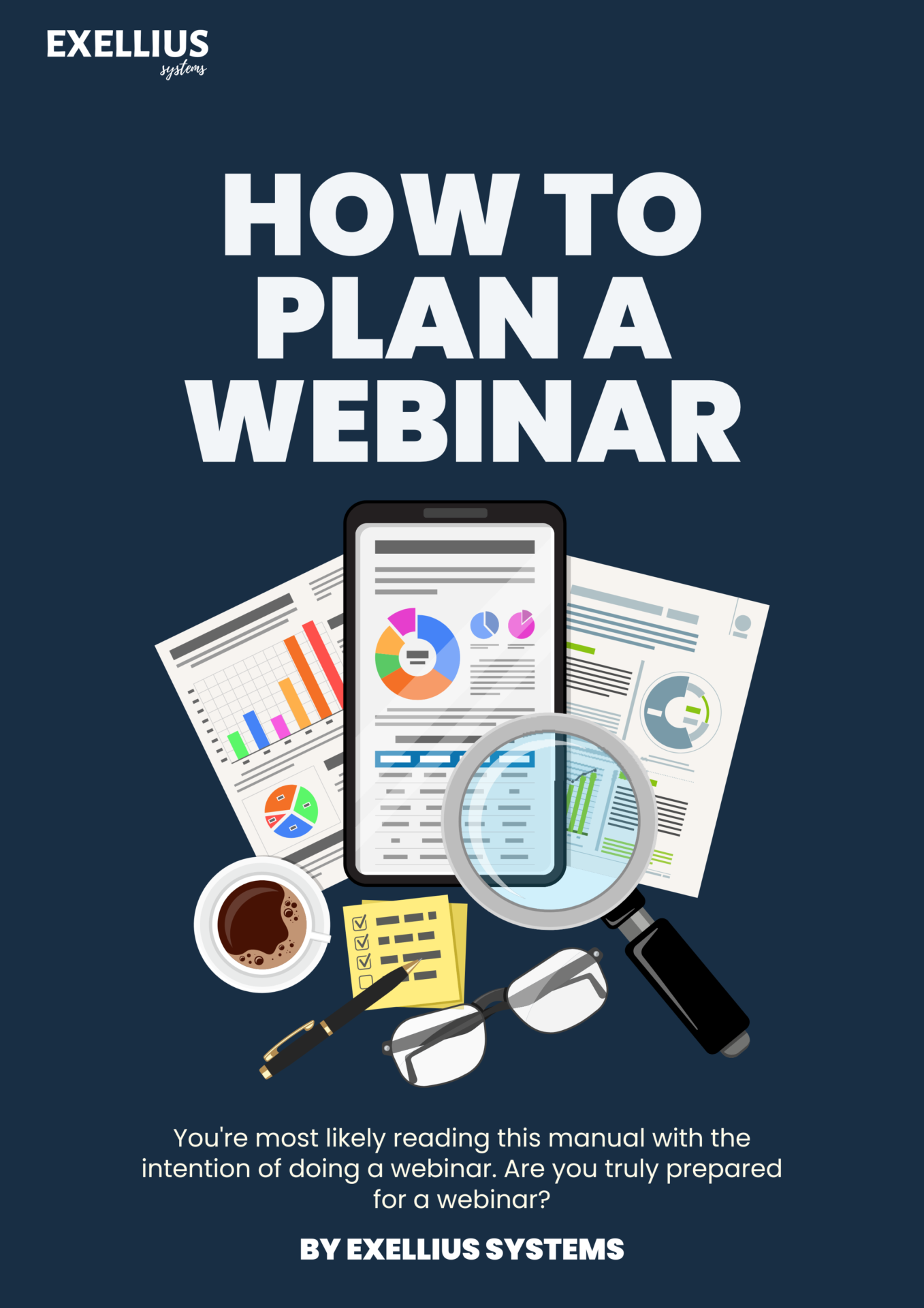
Does your small business have $2750 in the bank set aside for each employee? That could be the fine for a company that is not compliant with the Affordable Care Act. Potential penalties can add up quickly and cause significant financial exposure for your business.
The Affordable Care Act has been the law for more than ten years, but companies still fail to provide the necessary insurance for their employees – probably because the laws are complex. Make sure you aren’t caught off guard..
The rules for ACA compliance seem straightforward, but they can often be a bit tricky. Here are the rules:
If you have 30 or more full-time employees, 95 percent of them must be covered by an ACA-compliant plan. That’s it! Easy, right?
ACA-compliant plans include essential benefits, such as hospitalization, prescription drugs, and preventive care. Businesses should ensure their health insurance plans meet these standards to avoid penalties. Unfortunately, not all insurance meets these requirements, so double-check!
Ensuring your plan is compliant can be the easy part. Administering it within your office may be much harder. Knowing how many full-time employees you have seems easy, but it can be difficult. For instance, if your workforce is largely hourly and their schedules vary from week to week, knowing whether someone is full-time can take time and effort–and shift supervisors need to be aware of the consequences of scheduling someone for too many hours.
Additionally, what do you do if you have a large percentage of people who turn down your offer of company-provided health insurance? The ACA requires that the business pay 60 percent of the cost of coverage, but even that can leave employees with large bills. This can be a real problem if your employees are on the lower end of the pay scale.
If your company is decentralized, do you have consistent data that tells that entire picture? Are you sure your numbers are correct if the Boston office is hiring, and the Pittsburgh office is firing? Do you know if you actually have more than 30 full-time employees?
What if your numbers fluctuate during the year? Do you hire for the busy season and then lay off when the busy season is over? Temporary workers don’t count toward your 30 employee count. College students, for example, may not fit the legal standard of temporary workers, making you subject to ACA rules.
These things can all make your ACA compliance more difficult to track but there are solutions that can help you manage your risk.
For instance, ADP’s risk calculator can help you assess your policies and programs to help ensure that you are compliant. Additionally, centralizing your employee data and having more consistent schedules can make a huge difference toward compliance.
Missing data is another potential pitfall. Businesses must provide accurate information regarding their health insurance coverage. This includes information on the number of full-time employees, the coverage provided, and other details. Failure to provide accurate information can lead to penalties. Are your systems set up to seamlessly provide this information to the government? It can be tricky if you’re using manual processes like separate spreadsheets instead of a centralized HR system.
You want your employees to have healthcare coverage. It’s better for them, and it’s better for you. If an employee gets sick, you want them to have the healthcare they need–and you want them to get the preventative care to be proactive about their healthcare. But you also want to save money, and healthcare coverage is pricey. So, finding the best solutions can be a bit tricky. But it’s worth it for your company to comply with the ACA. Your employees will be covered, and the government won’t fine you.
Being on top of these problems can make your operations run more smoothly and keep things under financial control as well, which is something every business wants.
The post Affordable Care Act Compliance appeared first on Evil HR Lady.








